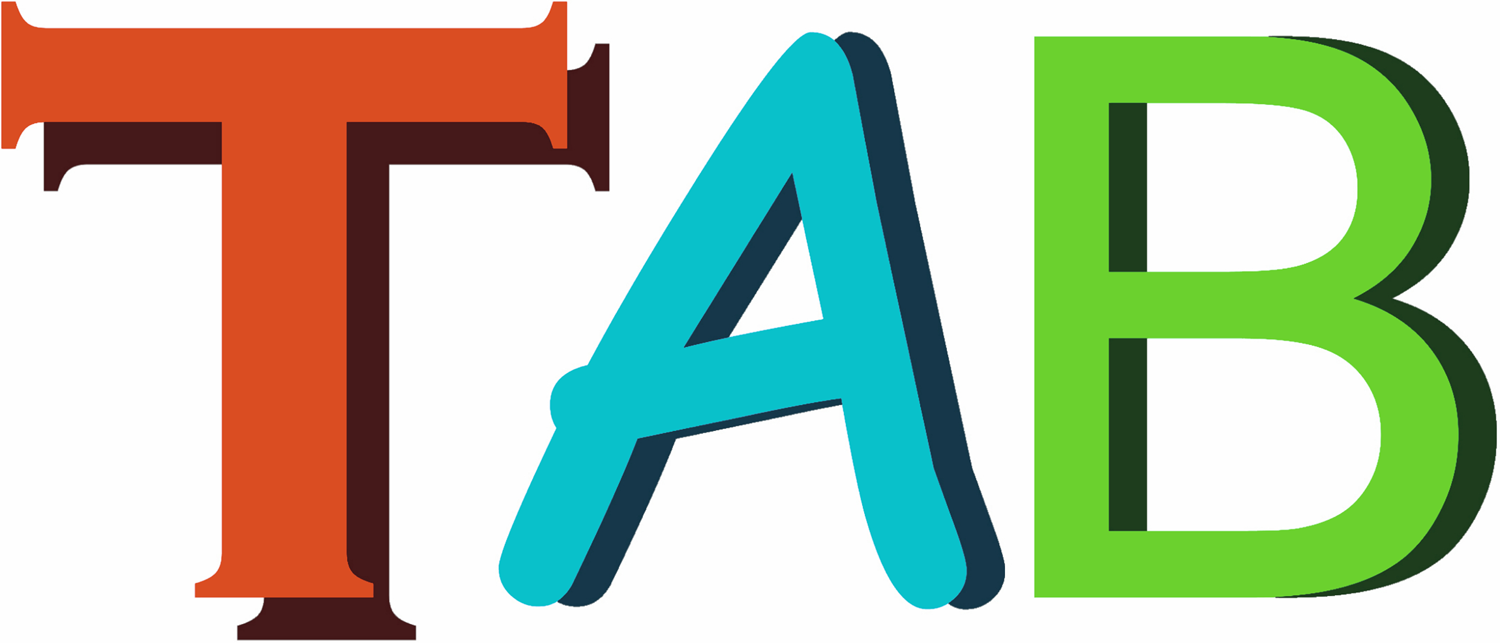
Studio Practice
TAB teachers design studio structures that best serve their particular students and communities, while always trusting and valuing their students’ artistic thinking and choices. The curriculum in learner-directed classrooms is emergent: students’ questions, observations, interests, and needs enrich and expand what the teacher decides to teach, discuss, and assess. TAB teachers understand their students’ unique developmental capacities and help them succeed as artists from the youngest age. While there is no one “right” way to have a TAB studio, in what follows, we describe some common characteristics of choice-based studios, beginning from the youngest children and continuing through a student’s visual art education.
The youngest children begin school full of curiosity about the world. This is a natural fit with the TAB studio, as students experience art materials and techniques through play and discovery. Even from these early years, students have the agency and capability to make informed choices about media, content, and pacing of their work. Evidence of learning can be found throughout this process which often (but not always) results in a finished artwork. As they work, children talk with their peers about their ideas and techniques in informal and prompted conversations.
As young children grow older, many begin to identify with preferred media or subject matter. With new confidence to specialize in their areas of interest, students apply their skills to work that is meaningful to them, often with a focus on function rather than aesthetic. Children work on their own and in flexible groupings by choice, which allows teachers to observe what they are able to do independent of directives. Self-challenge motivates older children to go deeper with transdisciplinary inquiry.
Young adolescents seek independence and acceptance as they develop the ability to communicate their individual ideas. A safe community, built on trust and relationships, is central to their development at this age. In TAB studios, students are encouraged to question and explore, fail and rebuild upon their ideas. Teachers encourage frequent peer and group critiques to deepen artistic reflection and build the studio community. Students become reflective thinkers, making connections beyond the classroom, expanding into their local, national, and global communities.
TAB high school students display independent thinking as they take ownership of their artistic process. They are empowered to make unique, expressive art in response to ideas that they care about. Students are self-sufficient in their process: identifying skills they need, outlining steps towards their goals, and monitoring their own progress. Teachers continue to emphasize that motivation does not come from external rewards, such as a grade, and instead stress the importance of creating, making, or doing for personal enjoyment, to solve a problem, or to improve the world. They are able to experiment, revise, and refine ideas independently and with input from others. TAB students practice the What, Why, and How of being artists.